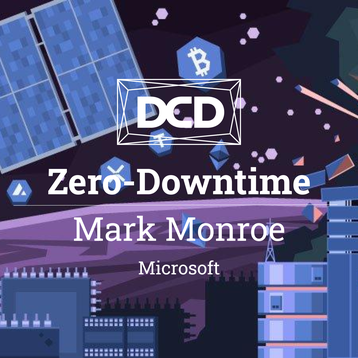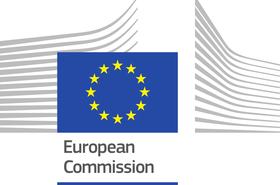With the need for the industry to be green, new ways of powering data centers reliably are always being explored. With many renewable sources of energy being intermittent and environment-dependent, the focus has turned to finding a way to ensure uptime while preserving the lifetime of our planet.
In the latest DCD>Zero Downtime podcast episode, we sat down with Mark Monroe from Microsoft to talk about the role hydrogen could have in a more eco-friendly data center industry.
While we have all heard about hydrogen-based power, what might be lesser known is that not all hydrogen is made equally, and Mark explained why.
“The vast majority of hydrogen in the world today, upwards of 95 percent of it, is produced using hydrocarbons.
“Methane gas goes through a process called steam methane reformation, or SMR. By combining methane, which is CH4 with water molecules, you end up forming four molecules of hydrogen and a molecule of carbon dioxide. When you make hydrogen from methane like that, that's called either brown or gray hydrogen.
“When you use brown or gray hydrogen to produce energy, in a fuel cell to make electricity directly, it ends up having about the same carbon footprint as a high-efficiency combined-cycle natural gas electric plant.”
The brown or gray hydrogen, while better than pure methane, is the least sustainable in our chemistry rainbow.
“The next color of hydrogen, blue, is directly from that SMR process. Some companies are capturing the CO2 that comes off of that process and doing carbon capture and sequestration out of it, which is known as CCS. If they sequester the carbon permanently underground or turn it into rocks or concrete, then that kind of hydrogen is called blue hydrogen.
“Blue hydrogen is brown or gray hydrogen that has had the carbon captured and sequestered. It's better, but it takes the extra expense of the carbon capture and sequestration operation.”
Of course, given that we are talking about sustainability, the crème de la crème would, of course, be green.
“Green hydrogen is hydrogen that's produced without any net CO2, and there are some people that say you could produce it from renewable methane.
“If you capture a bio-renewable gas and then put that into the steam methane formation, that would be green hydrogen. But what most people mean when they say green hydrogen, including us at Microsoft, is water that has been electrolyzed using renewable electricity. It's important to say the renewable electricity part because if you use electricity from a grid, it has a certain carbon intensity, and you would be in essence producing scope two CO2.
“But if you use pure renewable energy, it turns out that electrolyzers are great ways of absorbing the peaks and valleys of renewable energy, because they react very quickly, and they can be placed inside the meter before a renewable energy plant even puts the power out on the grid. They can take the ups and downs and turn them into hydrogen using an electrolysis process where you apply electricity to water and it splits into hydrogen and oxygen.”
So we know the colors of the rainbow, and we know how to produce them, but what next? Find out by tuning in to the latest episode.





